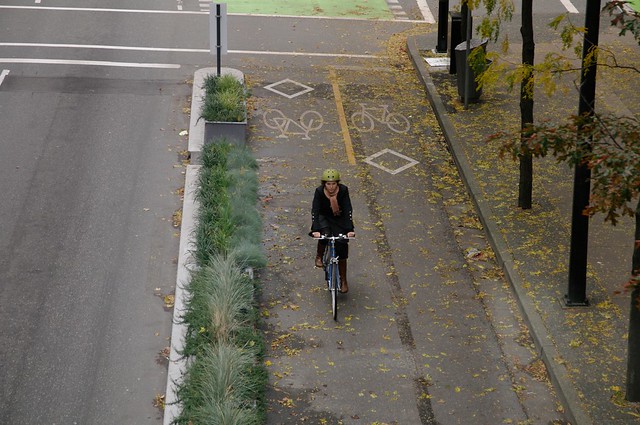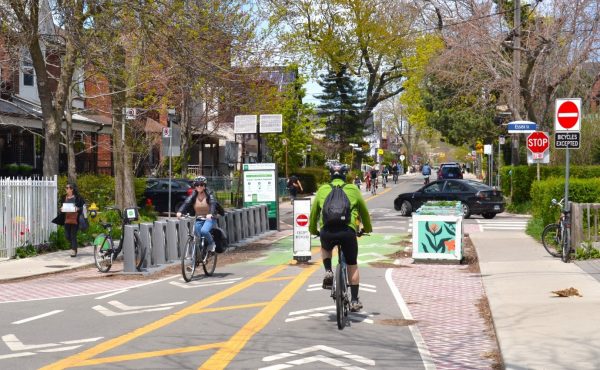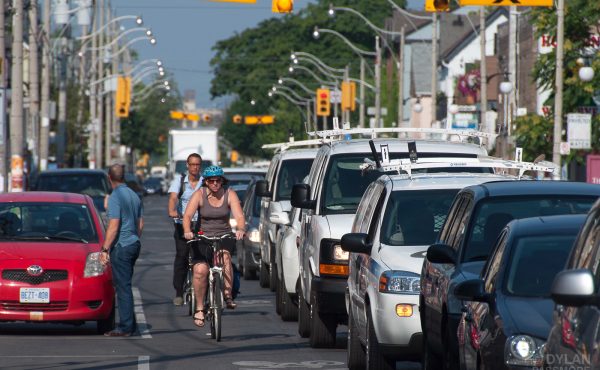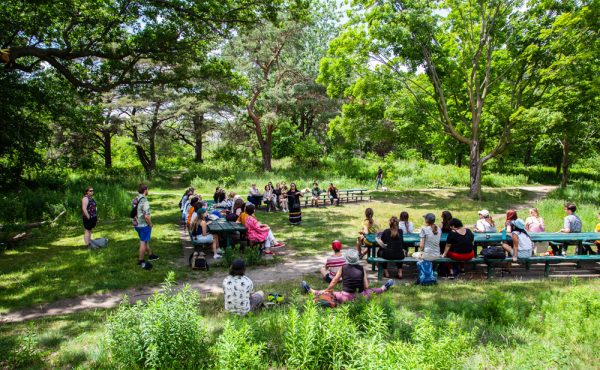Spacing Saturday highlights posts from across Spacing’s blog network in Vancouver, Toronto, Montreal, Ottawa, and the Atlantic region.


Christopher Porter breaks down incredibly detailed cycling data collected by the City of Vancouver to examine the cycling traffic patterns of the downtown core and analyze the effects of new infrastructure on cycling numbers.
Eric Villagomez profiles a new exhibit at the Museum of Vancouver looking into the history of neon signs in the city and the movement that arose in the 70’s to rid the city of them.
![]()
With Canadian cities pushing headlong towards intensification, Spacing Ottawa presents counter points questioning if this really is the path to better cities. Planner Alain Miguelez presented five reasons that intensification will succeed. Community activist Jay Baltz countered with reasons that intensification could fail.
Clive Doucet reports from France on a different paradigm towards local development that is producing growth in small villages throughout the countryside and incredible new investments in public transit infrastructure.
![]()
Morgan Lanigan looks at the successful implementation of bike lanes on Main Street in Saint John, NB and wonders why they were so long coming. It’s concluded that the answer may lie in the mandate of the ‘Department of Transportation.’
As authorities in Halifax plan renovations to the Macdonald Bridge with a focus on sustainability, the question remains as to whether or not they will address dangerous accesses to the bridge’s bike lane that currently impede cycling growth.
![]()
Facts are often surprising in considerations over bike lanes, Alanah  Heffez looks into some fascinating results of bike counters on new bike paths in Montreal and Ottawa. The counters reveal that on some streets bikes trips have reached the same volume as car traffic was before bike lanes were installed.
Heffez looks into some fascinating results of bike counters on new bike paths in Montreal and Ottawa. The counters reveal that on some streets bikes trips have reached the same volume as car traffic was before bike lanes were installed.
Joel Thibert looks at criticism of regional planning and addresses the question of whether regionalism is an ideological stance or something completely different.

![]()
Hilary Best profiles an exciting and innovative community led project to build a cricket field in Toronto’s high density Thorncliffe Park neighbourhood. The project has already built bridges in the community while the design of the field will promote sustainability and improve the Don River watershed.
Fred Sztabinski ponders the relation between cycling infrastructure and local governance structure and wonders what amalgamation has meant for Toronto’s ability to produce an enhanced cycling network.
Photograph by: Paul Krueger



